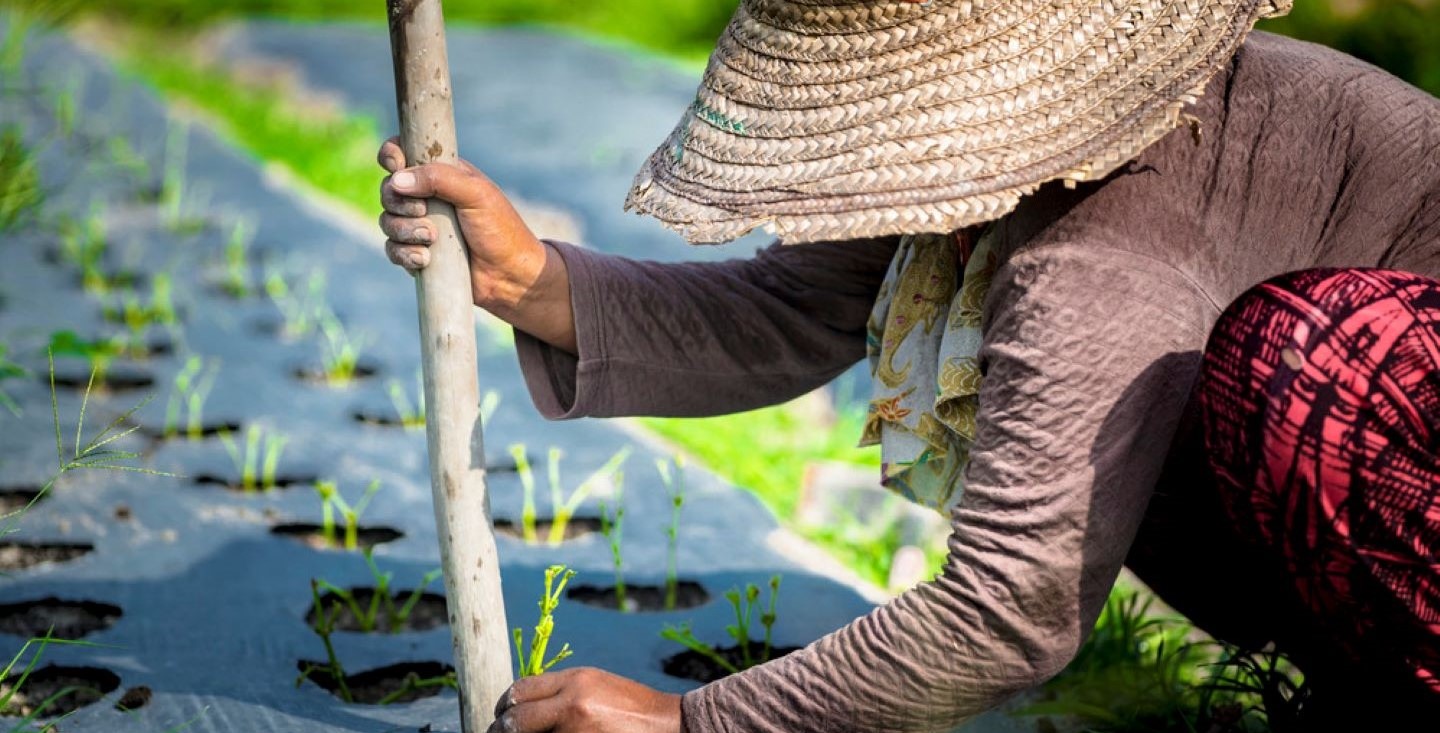Neglected and underutilized species are the key to nourishing the world
IFAD Asset Request Portlet
Asset Publisher
Neglected and underutilized species are the key to nourishing the world
Estimated reading time: 4 minutes
The natural world has a wealth of plants that can sustain human life, yet global food systems are dominated by just three: wheat, maize, and rice. These species provide 50 percent of the plant-based calories we eat and occupy 40 percent of the world’s arable land.
Our global reliance on such a limited set of food crops has wide implications. While these crops have had an invaluable role in reducing world hunger, they alone cannot provide the full range of nutrients people need to flourish. For this, a far more diverse diet is required, one that many of the world’s poorest people are unable to access.
This lack of agricultural diversity also has severe consequences on global biodiversity and the natural environment. In fact, the most common food species and varieties need substantial external inputs to thrive in a wide range of environments, sorely straining local resources, reducing resilience to external shocks, and contributing to environmental degradation, loss of ecosystem services and global emissions.
This is why it’s time to turn to some of the other approximately 5,000 potential food crops estimated to exist around the world. These are known collectively as “neglected and underutilized species” (NUS) – plants, animals and fungi whose contributions to sustainable food systems are severely under-valued due to a general lack of awareness and information.
NUS are typically native to the environments in which they are grown. As such, they have adapted to local conditions, and require fewer external and economic inputs than conventional crops. Many NUS can also thrive in marginal areas, in arid soil or on land considered unsuitable for other purposes. This makes them an important part of climate-change adaptation strategies, and economically viable for small-holder producers. Moreover, many NUS are highly nutritious and rich in micronutrients and bioactive compounds.
While the world at large has overlooked these species in research and policymaking, and ignored their vast potential contributions to sustainable agriculture, rural livelihoods and affordable and nutritious diets, the same is not true of the communities that know and use them.
Because most plant NUS are grown at home, often in kitchen gardens, or harvested from forests, they are usually tended by rural women and indigenous peoples, both for household consumption and to sell at local markets. As NUS enter markets, whether local, national or international, they have the potential to create earnings for the communities who hold the keys to understanding how to cultivate, use and process these plants.
However, this understanding is disappearing fast, so it is essential to ensure that this traditional knowledge on NUS is preserved and transferred to the next generations. Traditional foods are an intrinsic part of human knowledge and are embedded in our ceremonies and how we understand ourselves and our communities. This is particularly true for indigenous peoples, whose foodways rely heavily on NUS but are often under-valued in their wider societies.
Protecting NUS enables peoples to become ambassadors of their cultures and identities – witness how quinoa, a traditional Andean grain, is celebrated by chefs and home cooks the world over. By cultivating these foods, indigenous and rural producers are able share their traditional foodways and build their livelihoods. However, we also need to avoid food gentrification – when foods become “cool” for consumers and their rising cost or diminished availability renders them inaccessible to the people who depend on them.
IFAD works closely with small-scale producers and indigenous peoples’ communities to investigate the nutritional, economic, cultural and environmental benefits of NUS and understand how producers, especially women, can be supported through technological innovation and supportive policies to harvest, cultivate, and market them.
In India, IFAD-supported research contributed to the inclusion of minor millets, whose cultivation had been declining, but which can be grown in arid and heat-stressed conditions, into national subsistence programmes. Similarly, in Guatemala, the leafy vegetable chaya, which is high in micronutrients and is produced primarily by indigenous women, was introduced into school meals.
As part of its focus on climate-resilient agriculture, IFAD is integrating NUS into its project design and implementation. This includes the development of an operational framework on using NUS in nutrition-sensitive agriculture. In 2021, IFAD partnered with The Alliance of Bioversity International and CIAT on how-to notes on researching and investing in NUS and value chains for domestic and international markets, and establishing policy environments in which their value for nutrition outcomes are recognized.
As the discussions at COP26, the global climate change summit, and the findings of the Sixth Assessment Report by the Intergovernmental Panel on Climate Change show, we must act now to mitigate the impacts of human activity on the climate, preserve biodiversity, and help the poorest rural dwellers adapt to changing conditions. Similarly, IFAD’s Rural Development Report 2021 calls for revolutionary changes to global food systems.
To meet these challenges and establish sustainable food systems that nourish the world, build livelihoods and protect environments, NUS and the people who preserve and grow them must be part of the solution.
Publication date: 13 October 2021